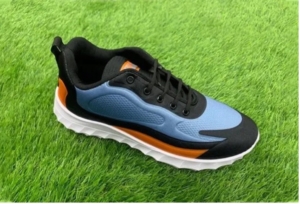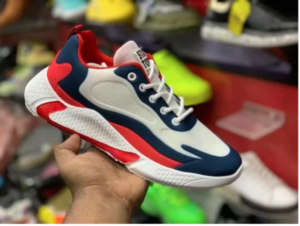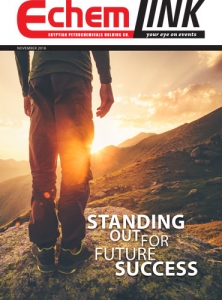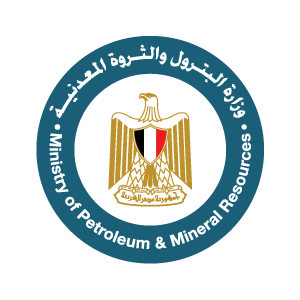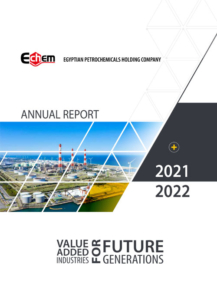Polyvinyl Chloride (PVC)
The Backbone of Diverse Industries
Introduction to PVC and Its Broad Utility
What is PVC?
Polyvinyl Chloride (PVC) is one of the most widely used synthetic polymers in the world. Found in everything from building materials to everyday footwear, its applications are vast due to its chemical stability, resistance to weathering, and excellent plasticity.
Historical Development of PVC Manufacturing
The development of PVC began in the early 20th century, but it wasn’t until the 1920s that methods to make it practical for widespread use were developed. Since then, advancements in polymer chemistry have allowed for its application in a myriad of industries, revolutionizing product design and durability.
Why PVC for Pipes?
PVC pipes are favored for their lightweight, corrosion resistance, and easy installation. These attributes make them ideal for modern construction needs, from residential plumbing to major infrastructure projects.
Technological Advances in PVC Pipes
Innovations in Durability and Design
Recent technological advancements have led to even more durable PVC formulations, capable of withstanding extreme environmental conditions, which has extended the useful life of these products.
Eco-friendly Manufacturing Processes
The industry has seen significant strides in making PVC production more environmentally friendly, including reducing emissions and enhancing recycling processes.
The Role of PVC in Footwear
PVC’s Versatility in Shoe Production
PVC’s flexibility and durability have made it a material of choice for a wide range of footwear, from durable work boots to flexible sports shoes. Its ability to be molded into various shapes and designs while maintaining comfort and durability is unmatched.
Economic Impact of PVC in Footwear Industry
PVC’s Case Study: PVC’s Success in Sports Footwear
The use of PVC in sports footwear has demonstrated not only its versatility but also its capacity to support high-performance requirements, proving essential for athletes around the world.
Future Trends in PVC Footwear
With ongoing research into improving the comfort and sustainability of PVC materials in footwear, future trends point to an even greater role in the fashion and sports industries.
Environmental Aspects of PVC
Debunking Myths: PVC and the Environment
Many misconceptions exist about PVC’s environmental impact, particularly regarding its production and disposal. However, recent advancements have significantly reduced these impacts through more efficient processes and better waste management practices.
Recycling PVC: Challenges and Solutions
Innovative Recycling Techniques
The recycling of PVC has improved with technological innovations that allow for the recovery and reuse of this material in new products, reducing the overall environmental footprint.

PVC and Green Manufacturing
Efforts to incorporate green manufacturing practices in the PVC industry have resulted in reduced energy usage and lower emissions, aligning PVC production with sustainability goals.
Industrial Applications of PVC
PVC in Healthcare: More Than Pipes and Shoes
PVC’s role in the healthcare industry is crucial, providing safe, sterile, and affordable solutions for a variety of medical applications, from tubing and containers to surgical gloves and more.
PVC in the Automotive Industry
Enhancing Safety and Durability
PVC contributes significantly to the safety and durability of vehicles. It’s used in everything from dashboard components to sealing systems, offering both flexibility and robustness.
PVC’s Role in Modern Vehicle Design
Innovative uses of PVC in vehicle design include improving aesthetic appeal and functionality, enhancing both the interior and exterior of vehicles while ensuring durability and cost-effectiveness.

The Economic Impact of PVC
Global PVC Market Trends
The global market for PVC continues to grow, driven by its versatility and adaptability in various industries. Market trends indicate a steady increase in demand, particularly in emerging markets.
PVC’s Contribution to Economic Stability
Job Creation and the PVC Industry
The PVC industry plays a significant role in job creation, supporting thousands of jobs in manufacturing, sales, and ancillary services.
Investment and Growth Opportunities
As demand for PVC products increases, so do opportunities for investment in new technologies and production facilities, promising substantial returns and fostering economic growth.

Future Prospects of PVC
Innovations Shaping the Future of PVC
The future of PVC includes developing new formulations and applications, such as bio-based alternatives that promise to reduce environmental impact and increase sustainability.
Sustainability and PVC: What’s Next?
Advances in Bio-based PVC Alternatives
Research into bio-based PVC is gaining momentum, offering a promising future for reducing reliance on traditional petroleum-based plastics and moving towards more sustainable plastic solutions.
PVC and the Circular Economy
The integration of PVC into the circular economy is being enhanced by improving recyclability and life cycle management, ensuring that PVC products can be reused and recycled more effectively.
FAQs About PVC
What is the lifespan of PVC products?
PVC products are renowned for their longevity, often lasting 50 years or more with minimal maintenance, especially in applications like piping and building materials.
How is PVC impacting the footwear industry?
In the footwear industry, PVC has enabled the production of durable, flexible, and cost-effective shoes that meet a variety of consumer needs, from fashion to function.
What are the environmental benefits of PVC?
PVC contributes positively to the environment through its recyclability and the ongoing development of more sustainable production methods. Its durability also means less frequent replacement and less waste.
Conclusion: The Ongoing Value of PVC
PVC continues to be an indispensable material in numerous sectors due to its durability, versatility, and adaptability. As technologies evolve, so too does the potential for PVC to contribute positively to both economic and environmental landscapes, ensuring its place as a cornerstone of modern manufacturing for years to come.





